Ancient Indian History
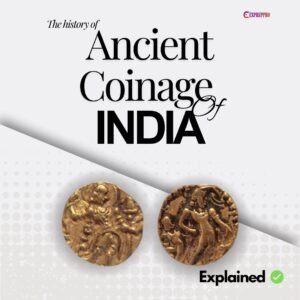
History And Evolution Of Ancient Indian Coins. UPSC history
The earliest literary and archaeological evidence of coinage in ancient India dates from the seventh to fifth century B.C. Before, people used barter systems for trade. The Harappans used extensive trade with barter, and in fact, there is no consensus on the monetary value of Harappan seals. Later Vedic texts mention Suvarna and Shatamana, but we cannot consider them as full-fledged coins. The Buddhist text Ashtadhyayi refers to terms like Kahapana and pada. They can be compared with metal pieces with monetary value. The basic unit of the Indian coin weight system was a red and black seed of Gunja berry or Abrus precatorius or Ratti. In south India, Manjadi seed was used instead of Gunja berry.
Read More
Virakal or Hero Stone The Monuments of Valor And Sacrifice Explained. UPSC
Herostone or Virakal are memorial stones erected to recognise and worship the valour of a person or a group of persons. Hundreds of inscribed and uninscribed hero stones are found in different parts of southern India. The highest number of hero stones or memorial stones are found in Karnataka. In Tolkappium and Manimekhalai, there are references to stone chambers for dead persons.
Read More
Greek invasion of India or Alexander the Great’s invasion of India. UPSC History
After the death of Mahapadma Nanda, an important event in the history of ancient India happened, i.e. the Greek invasion of India. In the spring of 327 B.C. (in some books, it is 326 B.C.), the Indian subcontinent was invaded by the famous Macedonian king and the conqueror of the ancient world, Alexander the Great. This Macedonian invasion brought many changes. For example, Alexander’s invasion opened communication between India and the Western countries.
Read More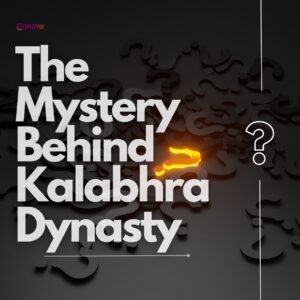
KALABHRA – DARK AGE IN TAMIL HISTORY
Even though the history of Tamil Nadu is meticulously recorded from the prehistoric period, there is a mysterious gap or an enigma after the Sangam period. This period lacks dependable, authentic recorded evidence. This gap period is known as the “Kalabhra period” or “Kalabhra interregnum” or “dark period“. INTRODUCTION The first recorded clue about this […]
Read More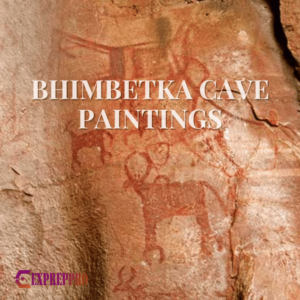
THE STUNNING MARVEL OF PREHISTORIC ART – BHIMBETKA CAVE PAINTINGS
Bhimbetka paintings are seen on Bhimbetka Hill, a part of the Vindhya mountains, located at Risen, Madhya Pradesh, and is formed of sandstones. It was included in the UNESCO Heritage Site list in 2003 A.C.L Carlleyle of ASI discovered the first rock painting in India (1867-1868) at Sohagighat, Mirzapur, Uttar Pradesh. The famous archaeologist Dr V.S […]
Read More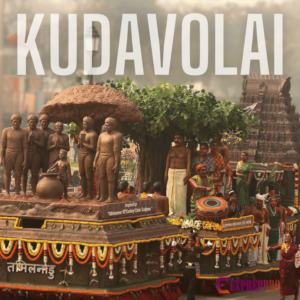
Discover the exciting history of Kudavolai system,the local self government of Cholas.
The ancient democratic system of local self government of Cholas is known as the Kudavolai system. Strong rural and urban bodies for local administration were an important feature of the Chola administration.
Read More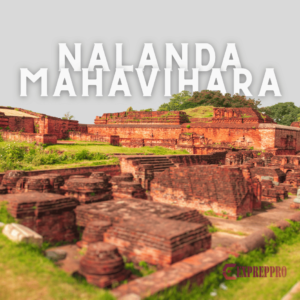
Nalanda Mahavihara – The Oldest Seat Of Learning.
NALANDA MAHAVIHARA, or Nalanda Great Monastery, the world’s oldest university (it existed and flourished much before Bologna, Italy) and an important seat of learning, is located near Rajgir in Bihar. It continued its uninterrupted mission for almost 800 years. Unfortunately, today, this jewel remains in ruins. UNESCO declared this site as the world’s heritage site […]
Read More